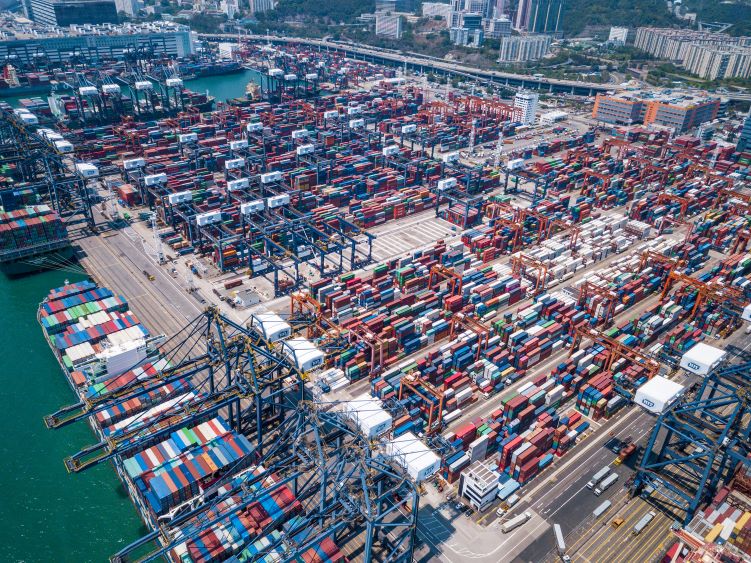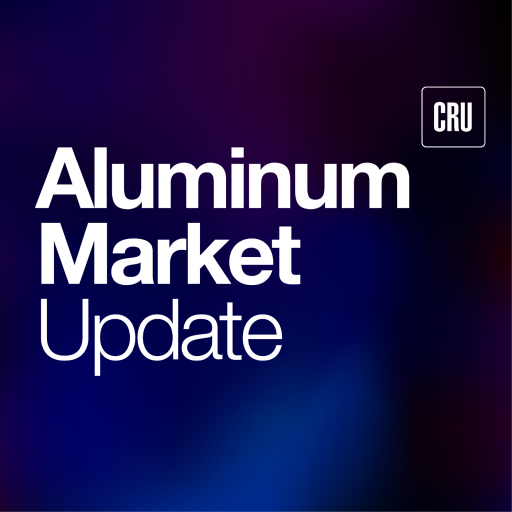Global Trade

July 15, 2025
U.S. opens circumvention case into Chinese foil containers after AFCMA flags rerouting
Written by Nicholas Bell
The U.S. Department of Commerce (DOC) launched a tariff evasion inquiry into aluminum foil containers, pans, trays and lids that incorporate foil originating from China.
The DOC investigation aims to determine whether Chinese foil manufacturers are using Thailand and Vietnam as transshipment hubs for aluminum container exports, following the imposition of steep country-wide and company-specific antidumping and countervailing duties (AD/CVD) on Chinese entities.
At the heart of the inquiry is the accusation that Chinese aluminum foil and foil container producers facing high duties are redirecting production through affiliates in Vietnam and Thailand to maintain access to the U.S. market.
The Aluminum Foil Container Manufacturers (AFCMA) filed petitions alleging these affiliates are performing only minimal work – rebranding, assembling, stamping, while relying on Chinese-sourced aluminum foil jumbo rolls, intellectual property, and container-forming equipment.
Duty-of-origin
The duties under scrutiny were the result of a U.S. industry pushback against a flood of underpriced aluminum containers from China, which had undercut domestic producers and cause material injury.
Material injury investigations against Chinese producers started in June 2024, after complaints by the same petitioners of the current inquiry.
The DOC and International Trade Commission (ITC) probe ended with a 287.8% antidumping rate for any unspecified Chinese entity, as well as separate rates of 193.9% for more than 20 named companies in March 2025.
AD/CVD tend to be imposed differently than the tariffs seen in recent months. Instead of a set timeline when rates will be incurred, like Section 232 duties, imports subject to AD/CVD are typically applied retroactively to account for material injury starting at a specified period.
In the case determining injury from container imports, duties were applicable 90 days prior to the October 2024 preliminary determination of rates, which means any covered product code that entered the country originating from China since July 13, 2024, faced a backdated imposition.
The filing faction
The U.S. plaintiffs in the circumvention case include Durable Packaging International, D&W Fine Pack, Handifoil Corporation, Penny Plate, Shah Foil Products, Smart USA, Trinidad/Benham Corporation, and the AFMCA.
According to declarations submitted by the AFCMA and others, several Chinese producers allegedly prepared in advance to maintain access to the U.S. market before duties on Chinese-origin aluminum foil containers were finalized.
These preparations reportedly involved shipping jumbo rolls of aluminum foil from China to affiliated entities in Vietnam and Thailand, rebranding operations under names resembling their parent companies and relocating container-forming dies and press equipment to those third countries.
Shadow supply chain
In Thailand, the investigation is focused on Wohler Household Products Thailand, the largest Thai exporter of aluminum containers to the U.S., which is believed to be affiliated with Qingdao Wohler Environmental Technology and Loften Group.
Two other firms – Zhejiang Acumen Technology Living and Ningbo Favored Commodity – are also alleged to be supplying aluminum containers to the U.S. via Thailand under the rebranded name “Peak Legends Thailand.”
Ningbo Ashburn Aluminum Foil Products and Shanghai Ashburn Aluminum Foil Products are reportedly selling containers from Thailand into the U.S. under the brand “Mypack.”
In Vietnam, companies such as Able Packaging Jiangsu and Ungar Automation are named as key actors. Both are accused of using affiliate Able Vietnam to account for the bulk of the country’s growing aluminum container exports to the U.S.
Additional allegations involve Henan Aluminum, which is suspected of using a Vietnamese-based affiliate, potentially through Vietnam Haiphong Aluminum Company, to ship substantial volumes of containers to the U.S. market under a different country-of-origin label.
The great handoff
Trade data shows dramatic shifts consistent with the patterns under review in the circumvention theory.
Before the original 2024 AD/CVD investigation on Chinese container imports began, both Thailand and Vietnam exported little-to-no tonnage of disposable aluminum containers to the U.S.
In the first quarter of 2024, according to the data contained in petitions filed with the DOC/ITC, Chinese exports stood at 6,599 tons (t) of disposable containers sold to the U.S.
Yet, a year later, in the first quarter of 2025, imports from China dropped to under 1,000t, while combined Thailand and Vietnam imports surpassed 3,500t. Both Thailand and Vietnam represent the two largest suppliers of disposable aluminum containers to the U.S. in terms of volume.
Follow the foil
Further upstream, Chinese aluminum exporters have shifted their trade patterns for aluminum foil. Foil deliveries to Thailand jumped by 13% in the first four months of the year to over 26,000t, relatively modest in comparison to the more than doubling of exports to 34,000t.
A partial explanation for the disparity is that Thailand is the only country between the two in question of circumvention that has a “jumbo roll” foil producer – Dingheng New Materials, which is still considered an affiliate of Chinese-based foil producer Jiangsu Dingsheng in China.
The 4 W’s that make a U.S. container a container
Aluminum containers are typically made from thin-gauge 3XXX or 8XXX series alloy.
As coils of foil unwind, they are fed through a machine and passed through an oil feeder for lubrication to prevent fiction. The resulting product is then fed into a pneumatic press equipped with dies, where the foil is stamped into the shape of a container and simultaneously cut.
The aluminum container market in the U.S. is two tiered: continuous casters/rolling mills that produce the foil and the container manufacturers do the pressing and stamping procedures, with a small amount of overlap between the two.
In terms of rolling mill footprint, a recent development in the domestic foil market is the closure of Novelis’ Fairmont plant in West Virginia, which supplies a variety of light gauge foil products. That said, the facility only shuttered at the end of June. The company maintains aluminum foil operations in Terre Haute, Indiana.
Reynolds Consumer Products’ Hot Springs plant is a legacy rolling mill that conjures the “Reynolds” household products, like the St. Louis-based Gateway Aluminum site tied affiliated with Penny Plate.
Finally, there’s Chance Aluminum, affiliated with Orlando-based AA Metals.
It should be noted that Granges Huntingdon sites in Tennessee and its North Carolina plant produce a handful of niche foil products, but those are typically manufactured for end sectors rather than consumer foil products.
The petitioners in circumvention case are further downstream and composed of the aforementioned petitioners of the investigation. They tend to represent the container production process itself.
You barely touched your food… container
What constitutes “minimal working” in these cases? And do the products in question genuinely originate (or not originate) from manufacturers in Thailand and Vietnam, or are they truly Chinese goods rerouted through third countries with only superficial processing?
The amount of fabrication will hinge on the level of investment each country made in the research and design employed in producing containers. This includes developing new metal specifications, working with tool die manufacturers to develop shapes/designs, and testing the products in the marketplace.
If the bulk of the research and development was incurred in China rather than Thailand and Vietnam, then the amount of “work” investing in the manufacturing of aluminum containers is considered minimal.
Defining duty borders
The DOC must determine whether the aluminum containers being shipped from Thailand and Vietnam are practically still Chinese products.
Preliminary finding could be issued as early as Q4’25. If the preliminary ruling is in the affirmative, the original scope of the 2024 AD/CVD investigation could bring Thailand and Vietnam under the fold of those duty rates.
More strikingly, it could trigger retroactive tariff implementation dating back to the original date of the investigation, prompting the importers to post a cash deposit at the estimated duty rate, and Customs and Border Protection to liquidate the accounts if the ruling is finalized.
A final determination should be made by May 2026.







